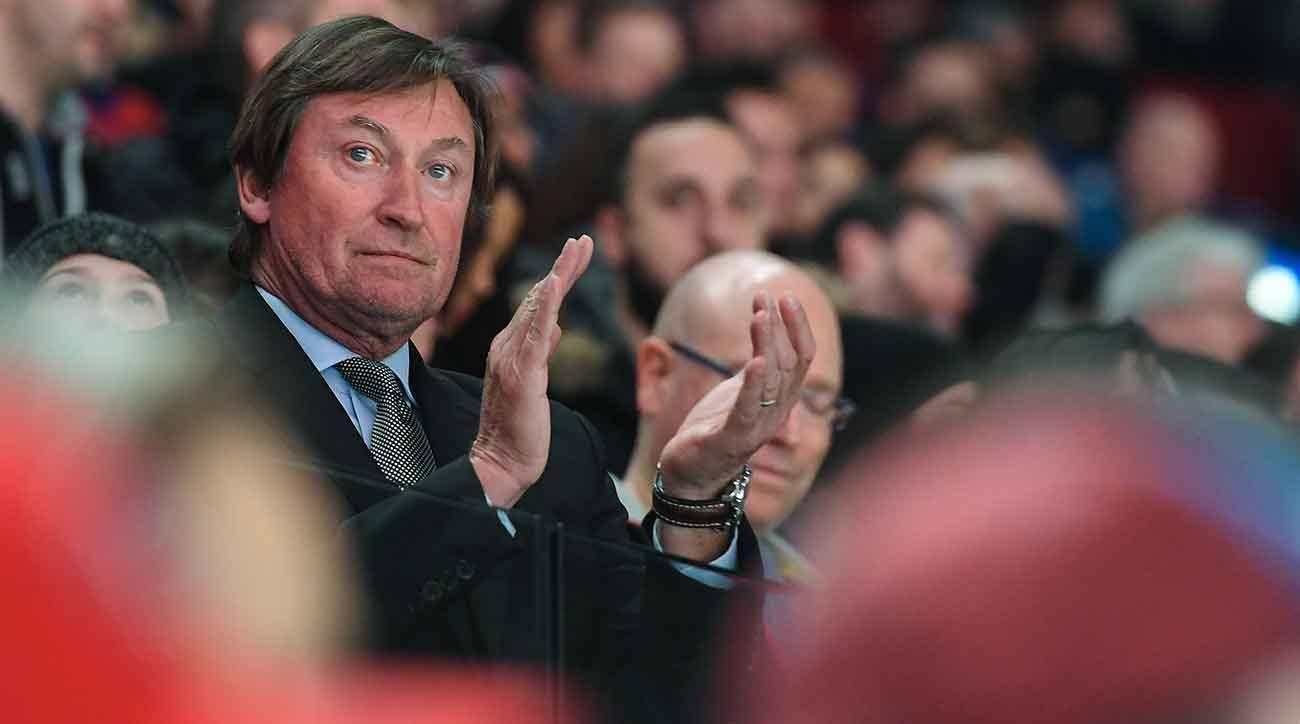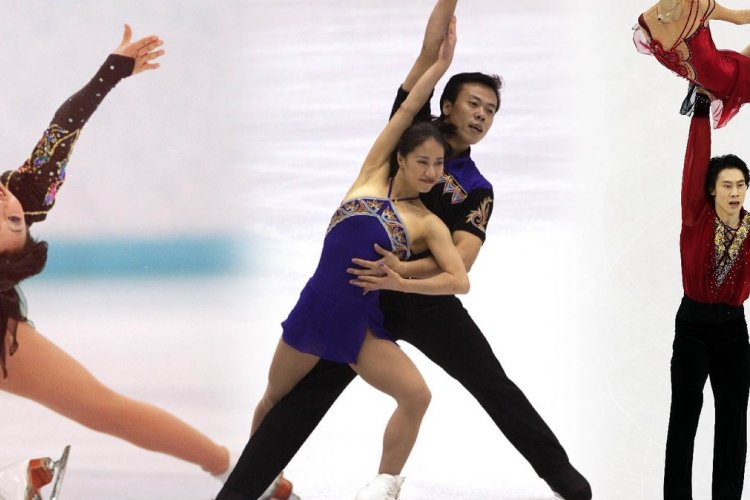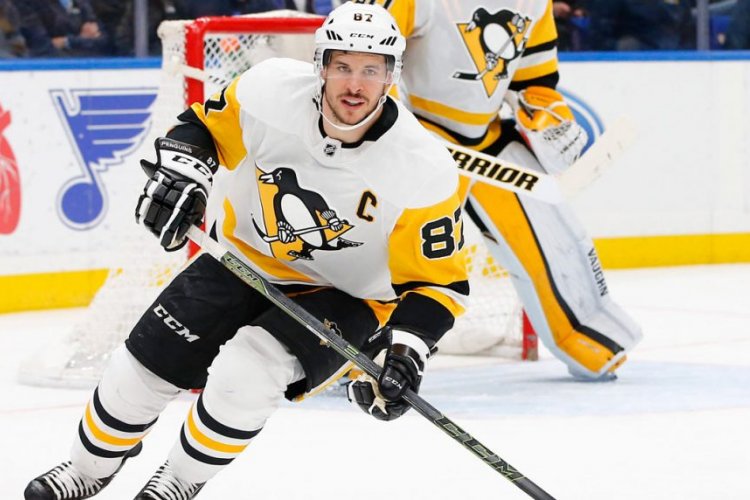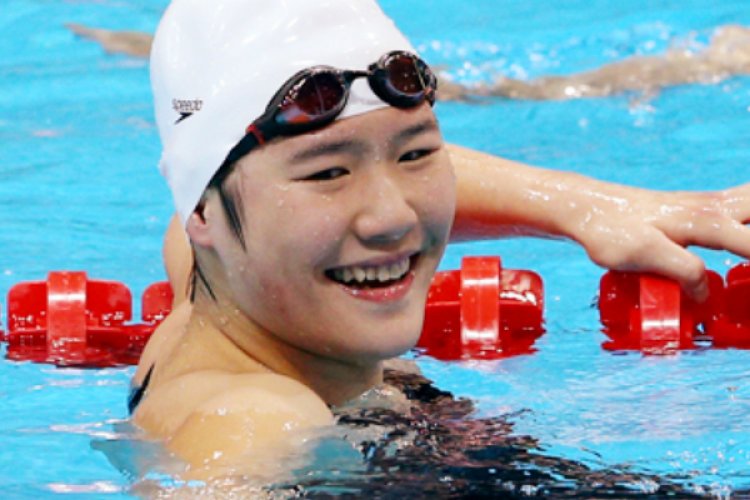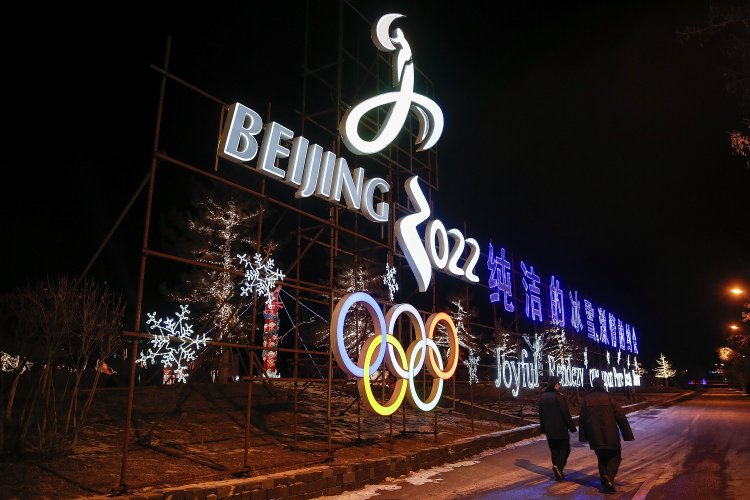Will Wayne Gretzky’s New Role at Kunlun Red Star Be Enough to Save China's Ice Hockey Prospects?
China’s Kunlun Red Star ice hockey team just pulled off the greatest power play imaginable, at least when it comes to name recognition. Their new global ambassador will be none other than Wayne Gretzky, arguably the most famous ice hockey player to ever strap on some skates and slap a puck. And while word of his involvement in China's fledgling hockey scene has been met with plenty of enthusiasm, a number of experts have questions about the particulars of this venture, and whether it will be used to optimal effect.
The news comes via a recent Facebook post from Kunlun Red Star, which says the Chinese capital’s hockey team has successfully persuaded the Canadian star player, nicknamed The Great One, to be their ambassador and work to promote the game in China, with a slated visit to Beijing and Shenzhen this coming September. Mark Simon, a consultant who has worked with Kunlun on several projects, tells the Beijinger that the prospect of having the Great One onboard is “obviously super exciting, he’s a legend in the sport.”
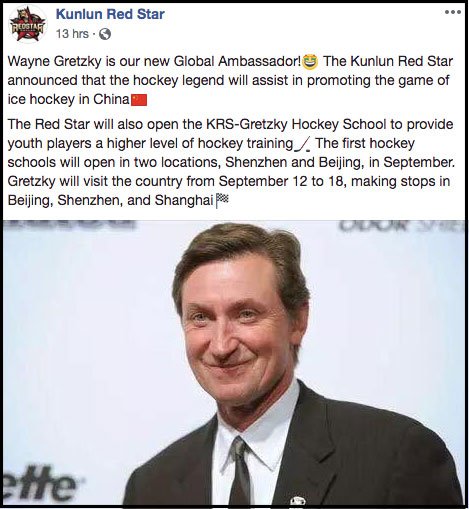
Mark Dreyer a sports reporter and founder and editor at China Sports Insider agrees, going as far as to call Gretzky “The Michael Jordan of hockey, the Pelé equivalent.” However, Dreyer is quick to point out: “The big difference is hockey is still very much a niche sport, at least in China. Jordan would get mobbed in the streets in Beijing, but I guess Gretzky could walk down most streets in China unhindered, just because there isn’t that recognition outside people who follow the game.”
That so far low-key nature of hockey in China has haunted Russia’s Kontinental Hockey League (KHL) since it founded the Kunlun Red Star club in Beijing for the 2016-17 season, at least in the view of Mike Fox, sports reporter for China's CGTN state television network. He describes attendance at most Beijing and Shanghai games as “only being about a quarter full. They’re spending all this money on branding and getting hockey up and going in China, and to be honest it hasn’t quite happened yet.” So when he heard the news about Gretzky’s involvement, he saw it as “a big ditch attempt to get the team up and running.”
In Simon's view, calling the attendance at Beijing and Shanghai games a “‘disappointment' would be an understatement. "To me, it’s about marketing in non-hockey circles, and there hasn’t been much on the ground. It’s about growing it from the ground up. Can the involvement of Gretzky transfer to people saying ‘Oh, he’s an ambassador, I’ll watch the game’? Maybe. It’ll have some impact. But it’s not the total solution."
Instead, Simon says the answer lies in youth and training programs. “The key will be to channel this highly recognizable name and use it for help on the ground, and help with youth programs and the way players are developed in China.” In that regard, the Gretzky venture has potential, because a major part of his September China stop will be opening two hockey schools, one in Beijing and one in Shenzhen. Sports Illustrated reports that the centers will be called "KRS-Gretzky Hockey Schools" and that they will eventually branch out to 20 more Chinese cities.
As promising as that sounds, Dreyer has plenty of pointed questions about how those schools will be run, and whether or not they will be used to their full potential. “How much will Gretzky be engaged? Will he just come for a week of opening events, and then just have his name on the schools?” Dreyer asks rhetorically, before pointing to the numerous football clubs trying to open branded academies in China, without engaging in the necessary follow through to help the young players who enroll there achieve. He adds, “Not to dismiss what they’re trying to do, but there needs to be more than opening week fanfare."
Dreyer would rather see Gretzky “come on a regular basis, that would be great. And, more importantly, who will run the schools? If they have qualified coaches and other such things in place, that will get kids engaged in the sport.”
As Simon puts it: “To me, you make the biggest impact when you do bottom to top stuff. Now there’s lots of top stuff, it’s great to have the luxury to do that. But you need the bottom part too.”
More stories by this author here.
Email: kylemullin@truerun.com
Twitter: @MulKyle
Instagram: mullin.kyle
Photos: Sports Illustrated, Kunlun's Facebook

